As the school nurse used to say every time she called me, “Everything is fine.” But I will need everyone to have a little patience with me this week. 🙂
~~~
Blogging is an interesting form of communication/marketing. When I first suggested this format more than 12 (yes, 12!) years ago, there were a lot of skeptics. Who in the world would want to read a blog about doors and hardware – and especially the related code requirements? What if I wrote about something controversial and got into trouble? What if I shared too much personal information and seemed unprofessional, or kept it so dry and technical that it bored everyone to tears?
I think over the years I have found a balance…I use “funny” and often shocking photos to reinforce what I’m trying to teach. I write about historic and current events to explain why we have the code requirements that exist today. I answer your questions and I ask you for help when I need it. And sometimes I share news from my life because I’m a real person with a family, pets, road trips…the good, the bad, and the messy.
So…this weekend I spent 3 nights in the local hospital here in San Miguel de Allende, Mexico, where I have lived for 6 years. As I was sitting in the lobby of our newest and fanciest hospital with my friend who was forcing breakfast on me, she said, “Every time I come here I feel like I’m on a movie set. It looks beautiful but it’s probably about ready to fall apart.”
Her assessment was 100% correct, at least from a hardware standpoint. This hospital was built within the last 5 years and it is affiliated with the best doctors in town. Prior to this weekend I had only been there as a visitor, but over the weekend I got a chance to really look at the doors and hardware.
There are basically 4 types of doors in the building – the automatic sliders at the entrances, a couple of sets of all-glass doors dividing one area of the hospital from another, some narrow-stile doors without door closers that feel like patio doors, and the vast majority of doors are hollow-core doors with light-duty levers and 3 1/2-inch hinges. I did not find a single fire door or enclosed exit stair in the place. It’s absolutely amazing the difference in construction requirements between Mexico and the US.
Here are some photos from the hospital…I’m sure you’ll see a few practices that differ from US health care facilities:
The lobby looks pretty fancy, and the blue tank next to the entrance is part of the system that sprays and sanitizes each person who enters – Covid precautions are pretty intense here. When it was time for us to leave, we had to wait because there was a “codigo blanco.” This is basically a lockdown that happens when a Covid patient enters the hospital. Nobody can go in or out or move around the facility – everything stops as the patient is transported to the area where they will receive treatment.
The egress stairs are not enclosed but they are marked with the required evacuation route signage:
And they are very serious about the prohibition of sugary beverages (and solid food and tobacco smoke):
Mexico is not totally without rules related to egress…from our room we could see the evacuation point where everyone is supposed to gather after they exit the building in an emergency.
The elevator lobby has the narrow stile doors I mentioned…no closers. This is true of many doors including the entrance to the emergency room.
A pair of glass doors separates the area with patient rooms from the medical office area. I guarantee that the door is propped open because the closer is not functioning properly.
There is a fire alarm system along with instructional signage for emergencies, but the “high voltage” electrical room has the same light-duty hardware used on the rest of the doors, and I’m sure this is not a fire door assembly.
I’m pretty sure the patient room doors are hollow core…here is the door to our room – approximately 48 inches wide with a light-duty office function lockset, tiny hinges, and no protection plates or edge guards:
If you’ve read this far you’re probably wondering why in the world I spent 3 nights in the hospital. The story includes kind of an epic rescue so I’ll share a few photos. Several months ago I mentioned my glamping project which is on a piece of land that we bought in the campo (out in the country). On Friday night we were celebrating a friend’s birthday with 3 other families plus the cowboys that work on our ranchito. At the bottom of our land there is a canyon with a river, and since the rainy season started early there was some water in the river. A bunch of the teenagers were climbing around on the giant boulders, and my 16YO son slipped and fell a few feet, with his shin taking the brunt of the force. His leg was shattered and there was no way he could hike out of the canyon, so our cowboys took a very gentle horse that happened to be at our place, and hauled my son to the top. He is now the proud owner of a titanium leg. It’s always something.
So needless to say, I’m behind (I use the weekends to try to catch up), so I’ll ask for your patience this week. If you have a code question, you can always click the orange ball on the right-hand side of the screen, and your question will be routed to one of my coworkers in your local Allegion office.
P.S. We received great care at the hospital, and my son is doing well. And if you’d like to take a guess at the cost of an ER visit, 3 nights in the hospital, a 3-page itemized list of medications and treatments, surgery to install the plates and pins, and 3 casts – all in the best hospital in town, leave a comment. 🙂
~~~
Thanks for the guesses! The cost was $120,000 pesos – about $6,000 USD. That’s the total cost – not the cost “after insurance.” I’d love to know what this would have cost in the US.
You need to login or register to bookmark/favorite this content.

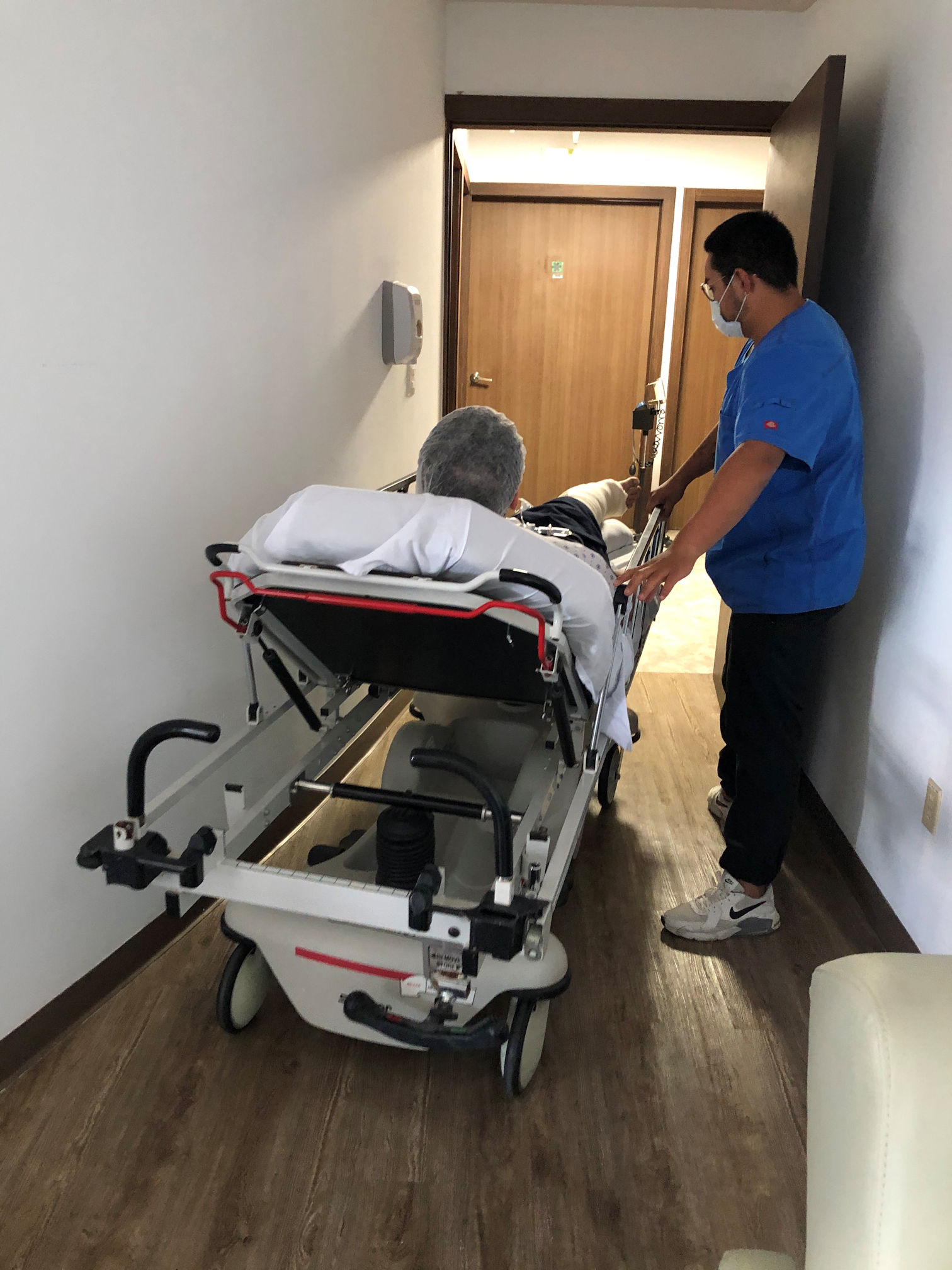
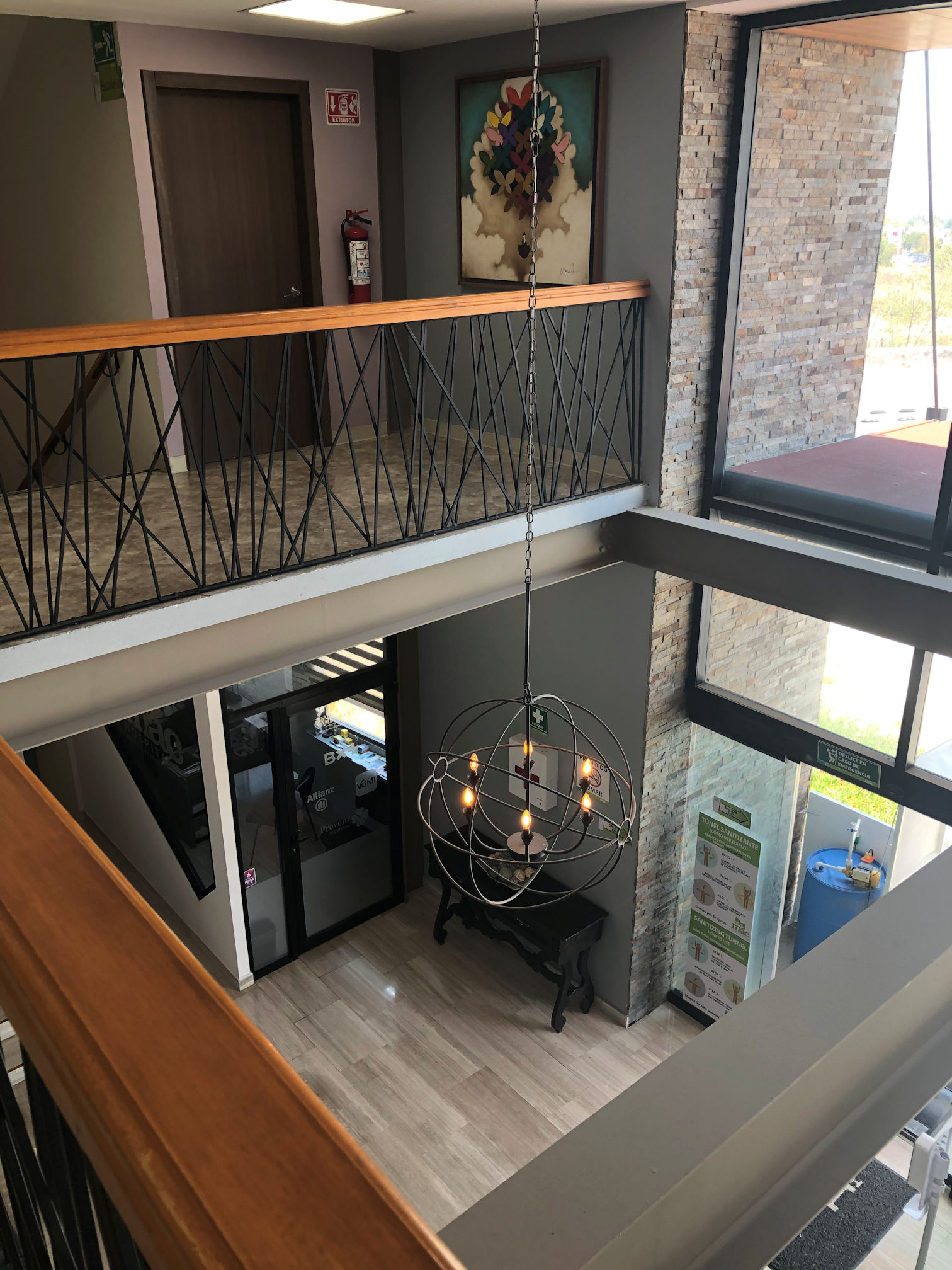
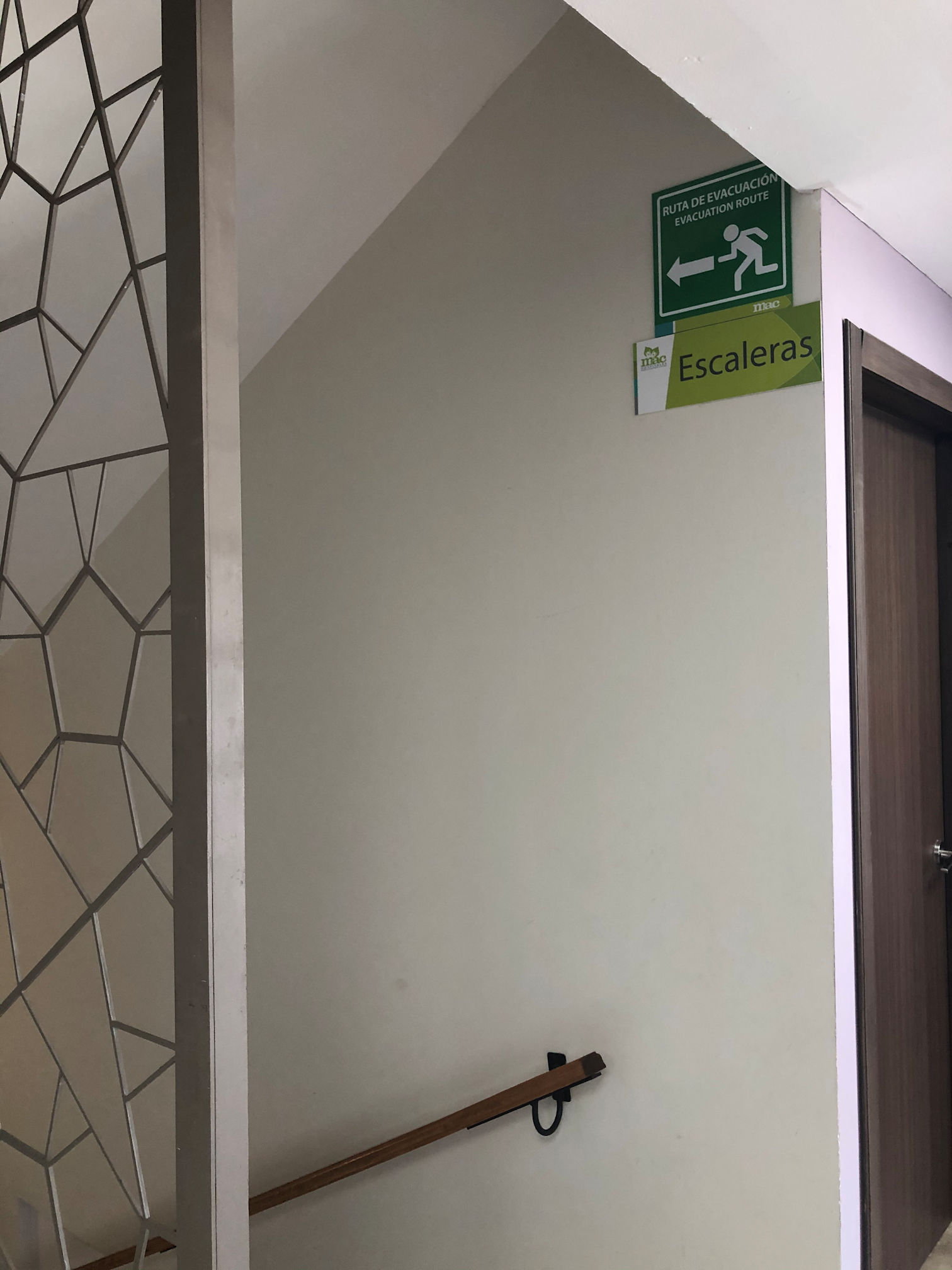
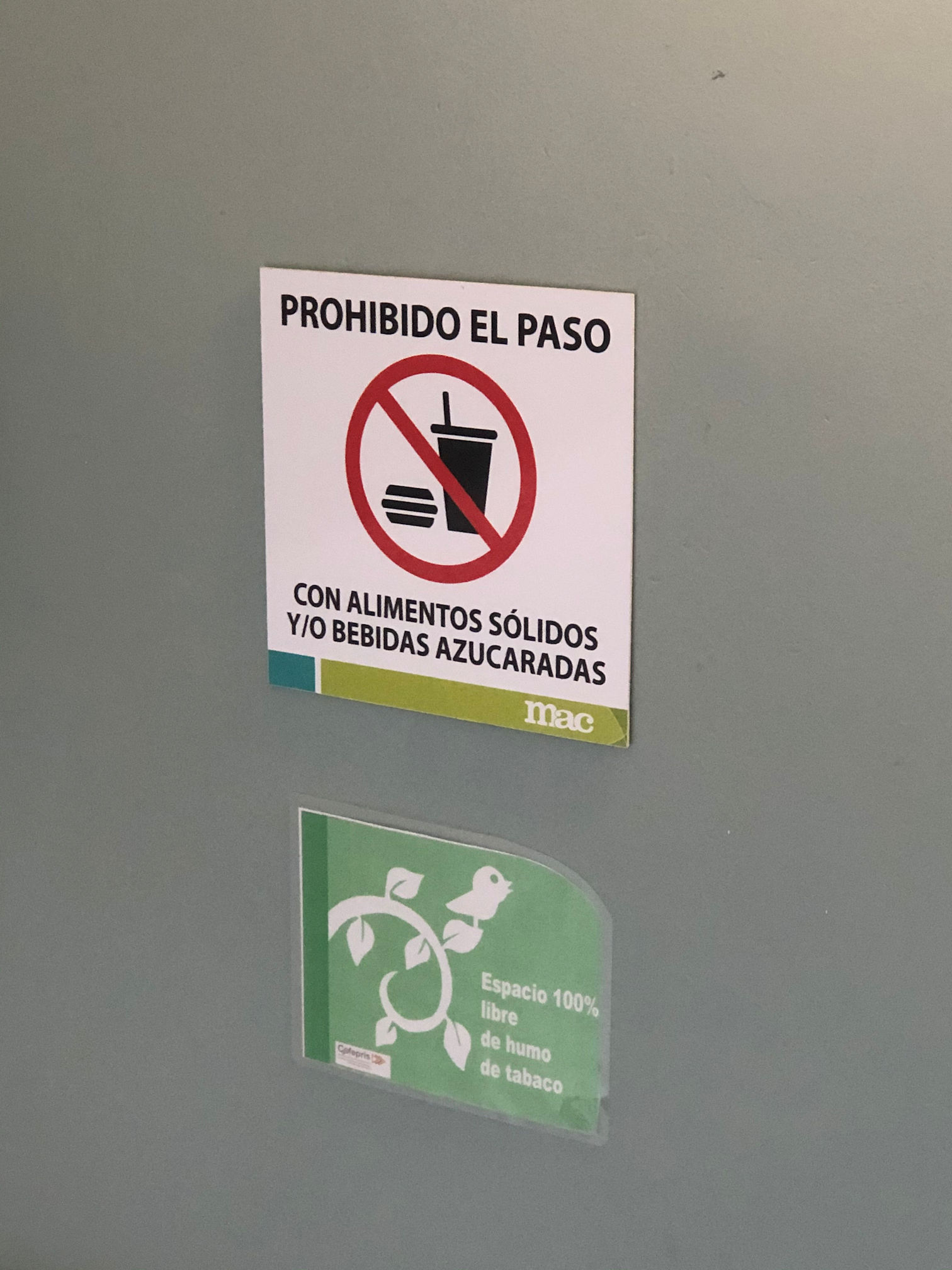
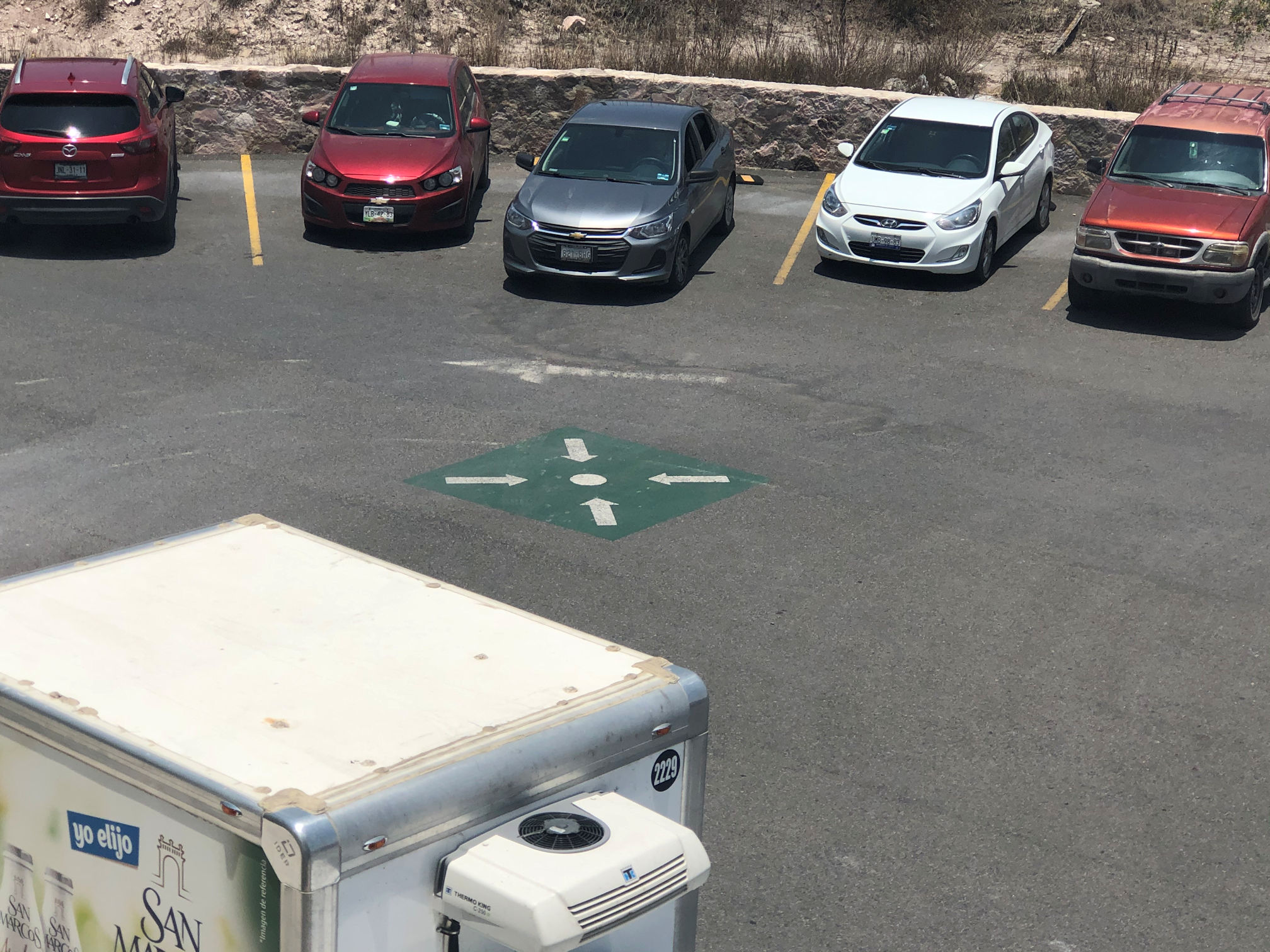
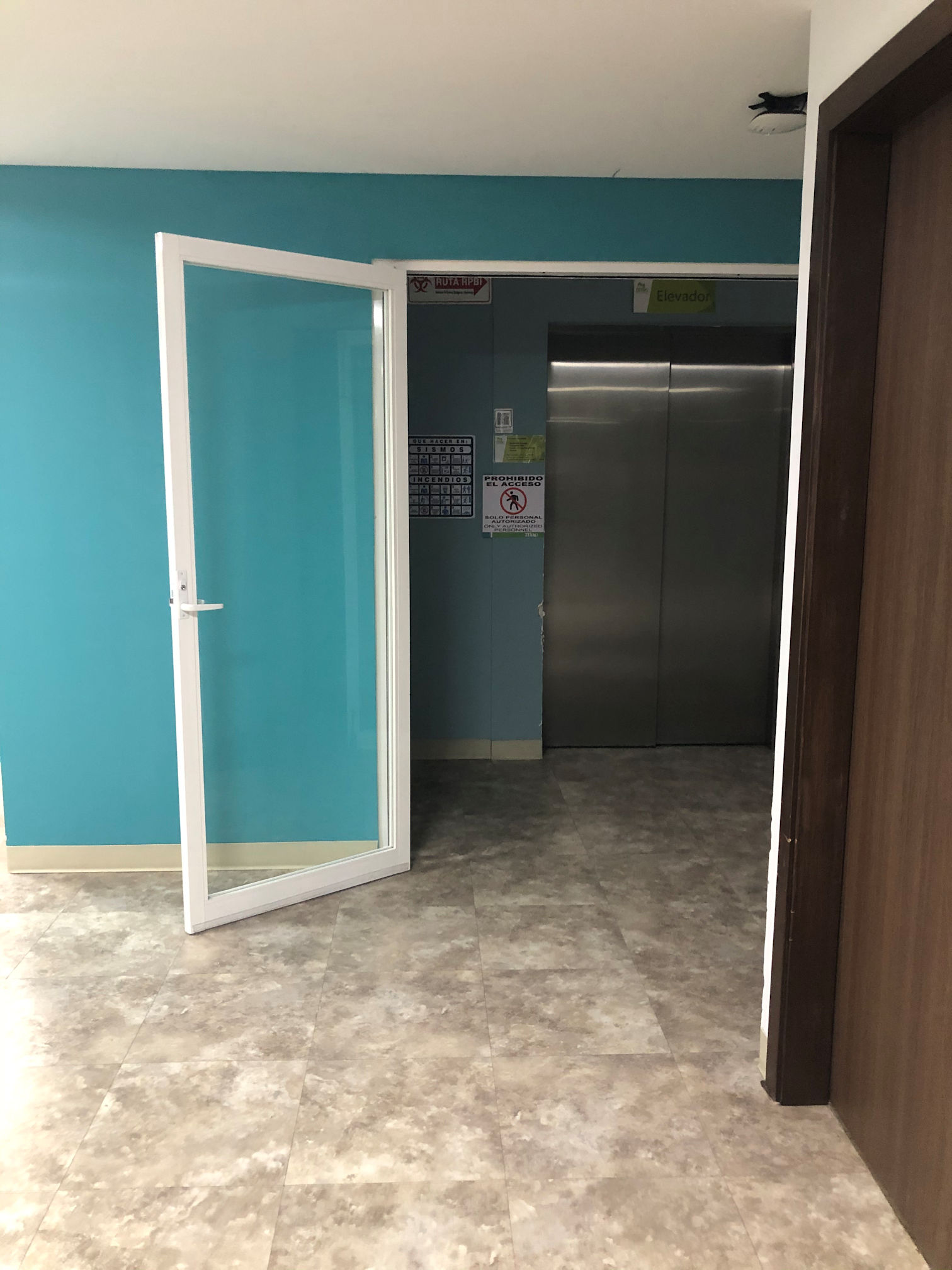
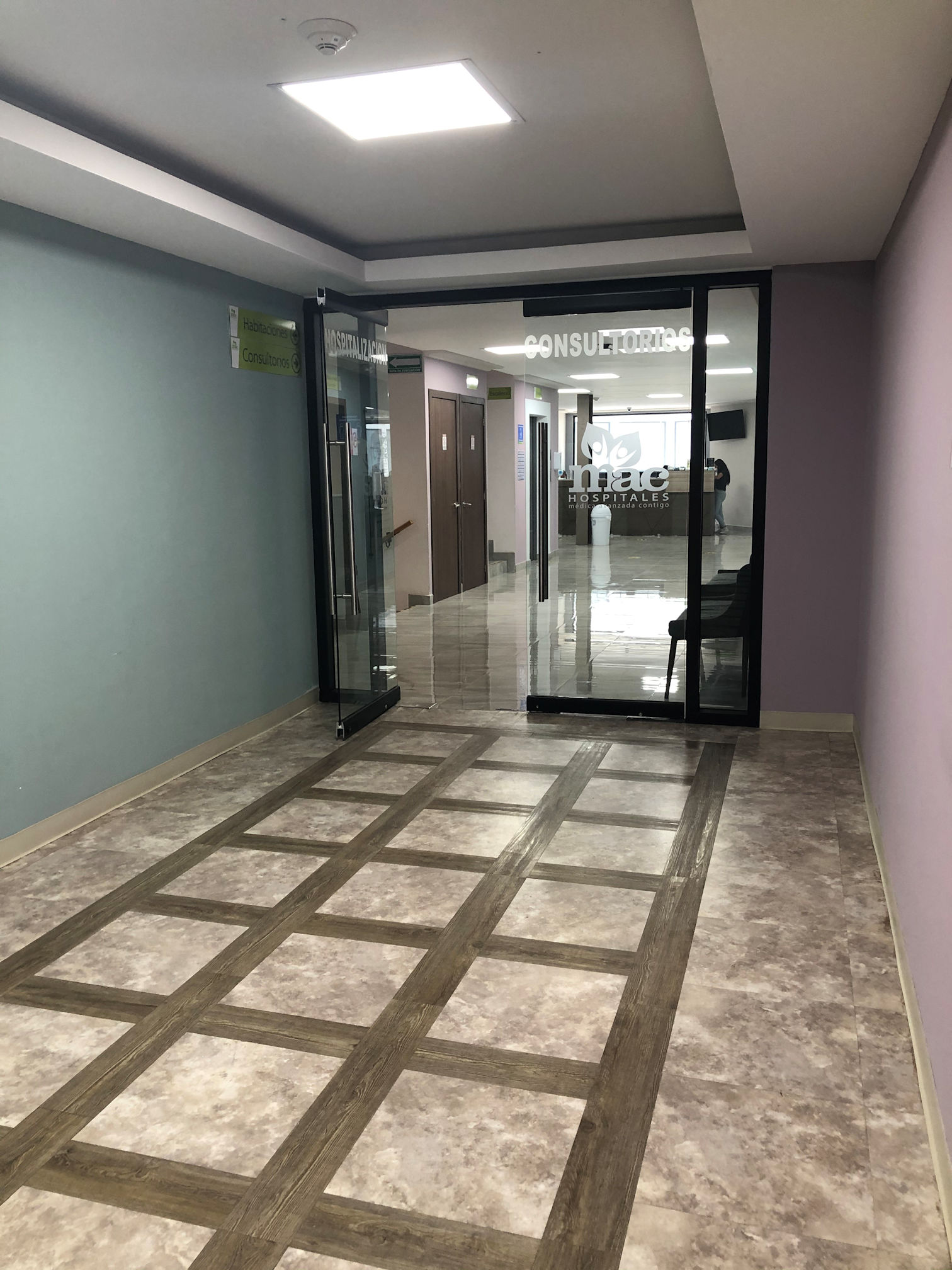
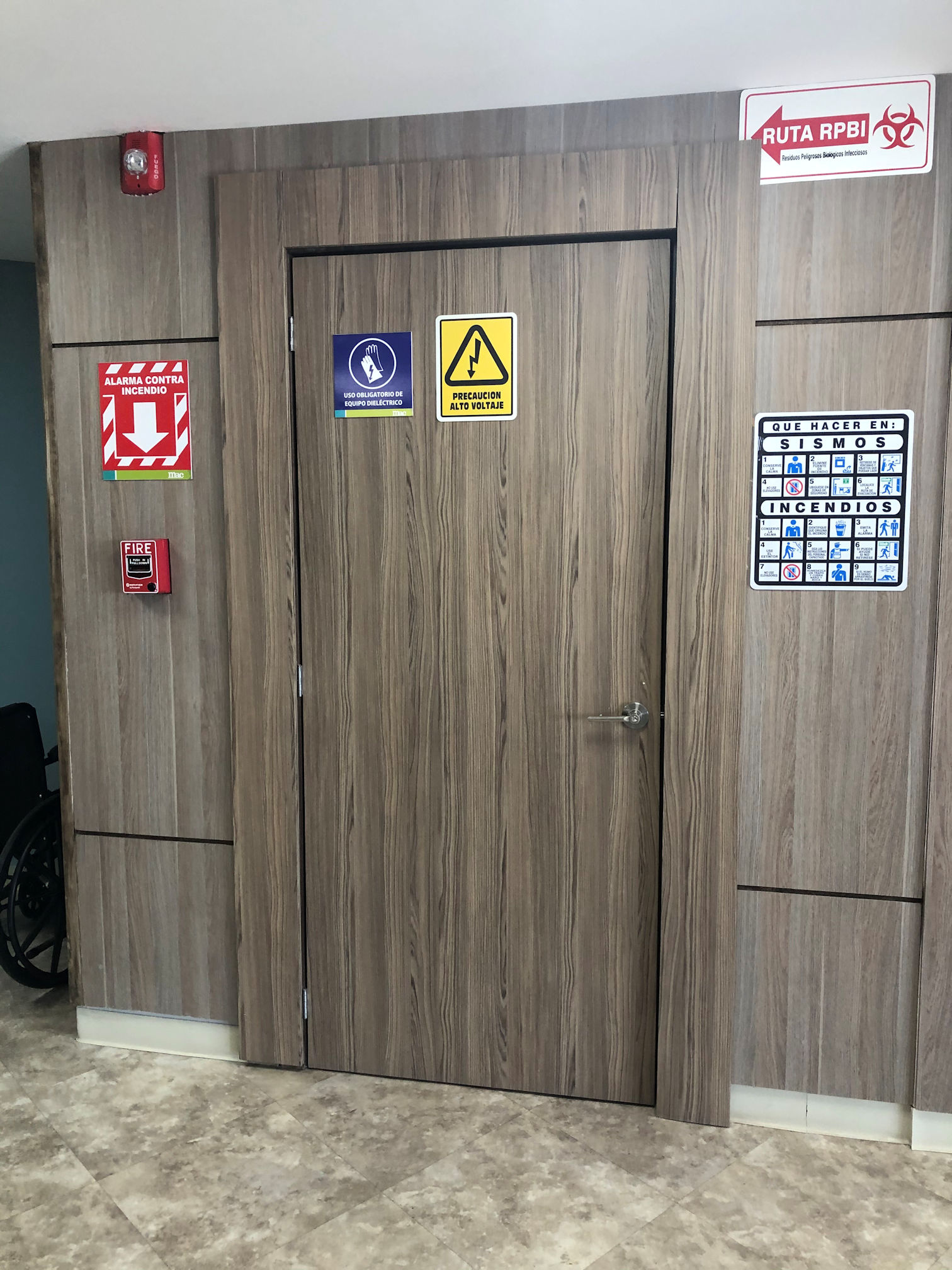
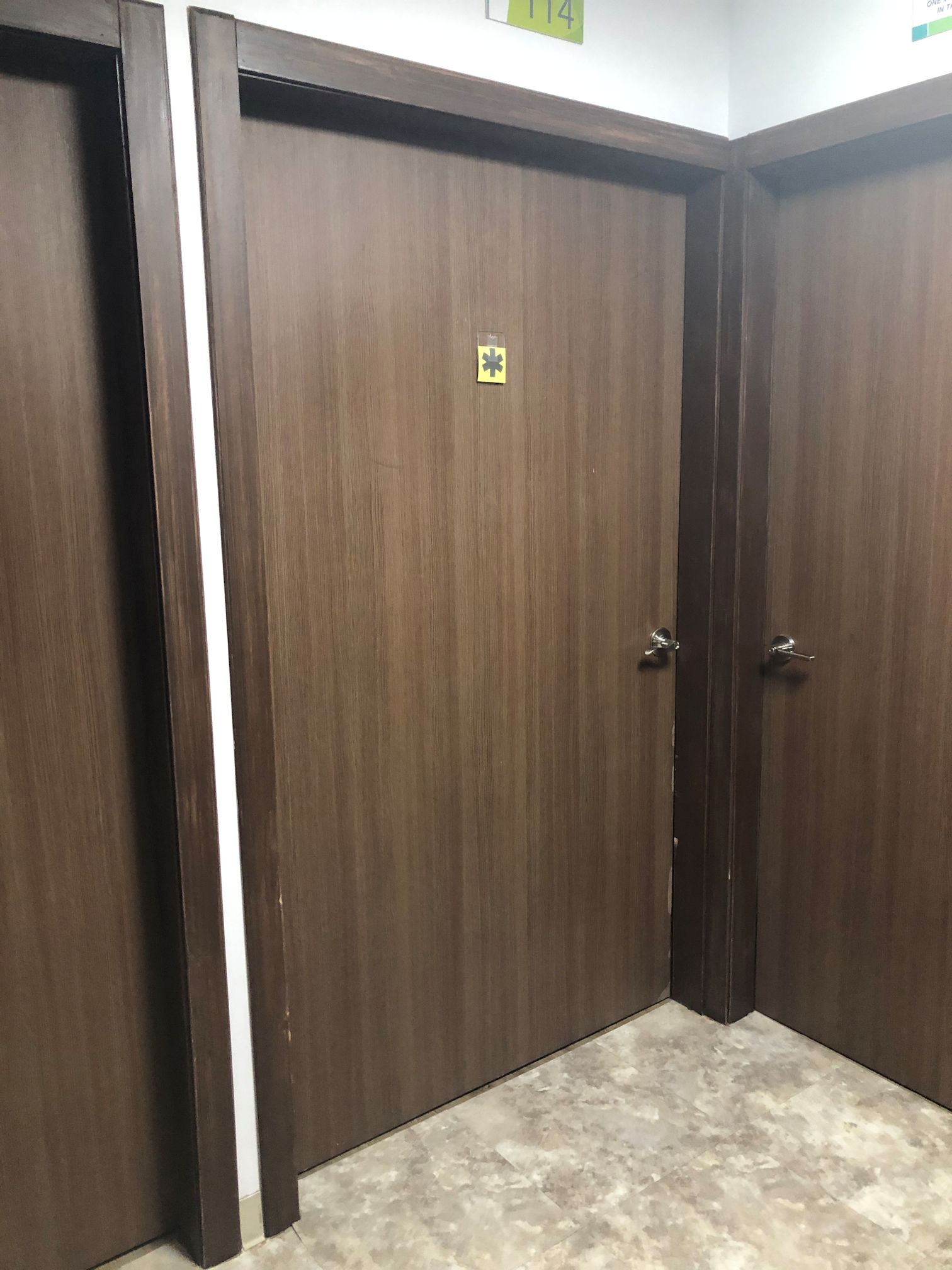
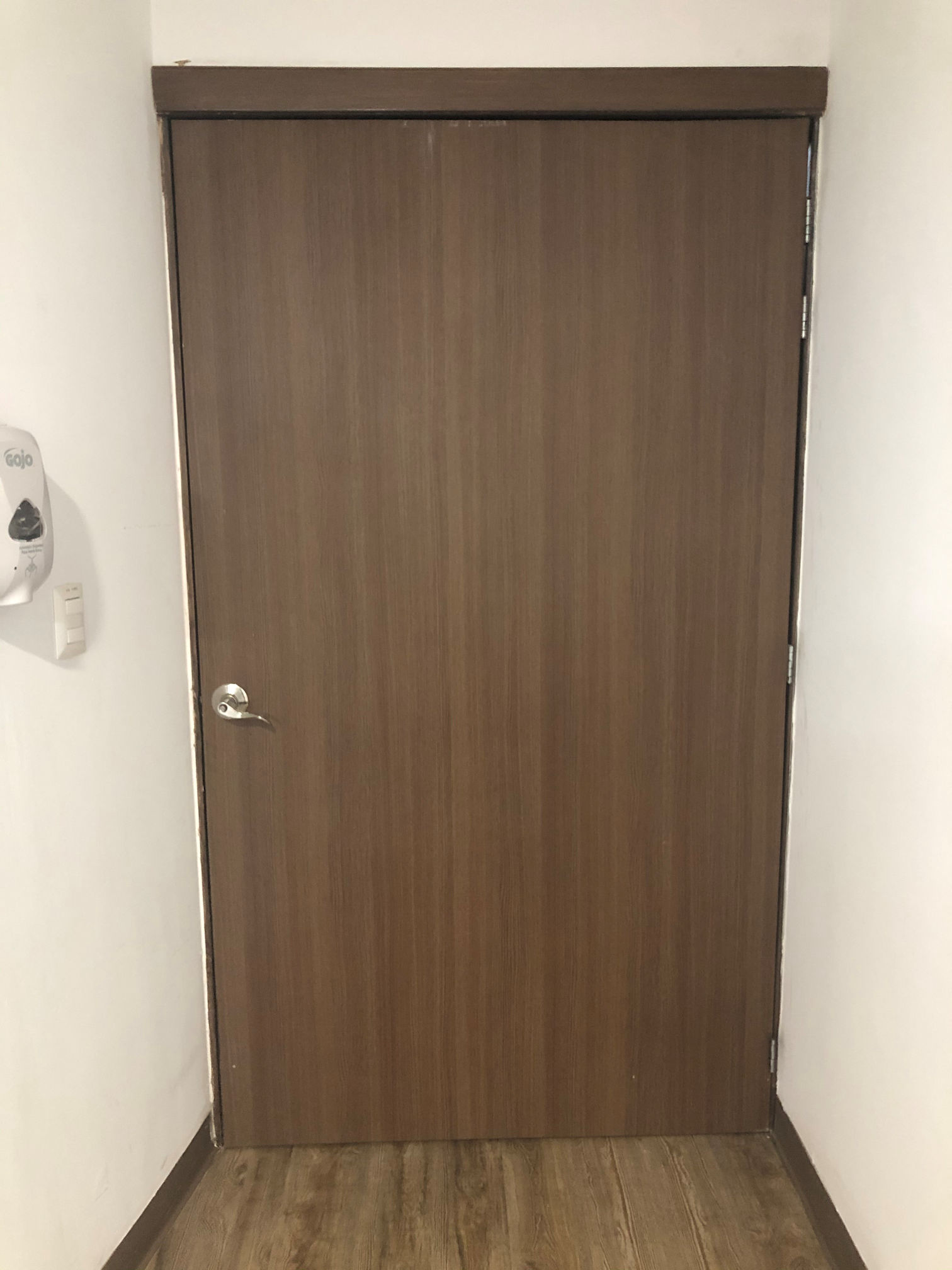

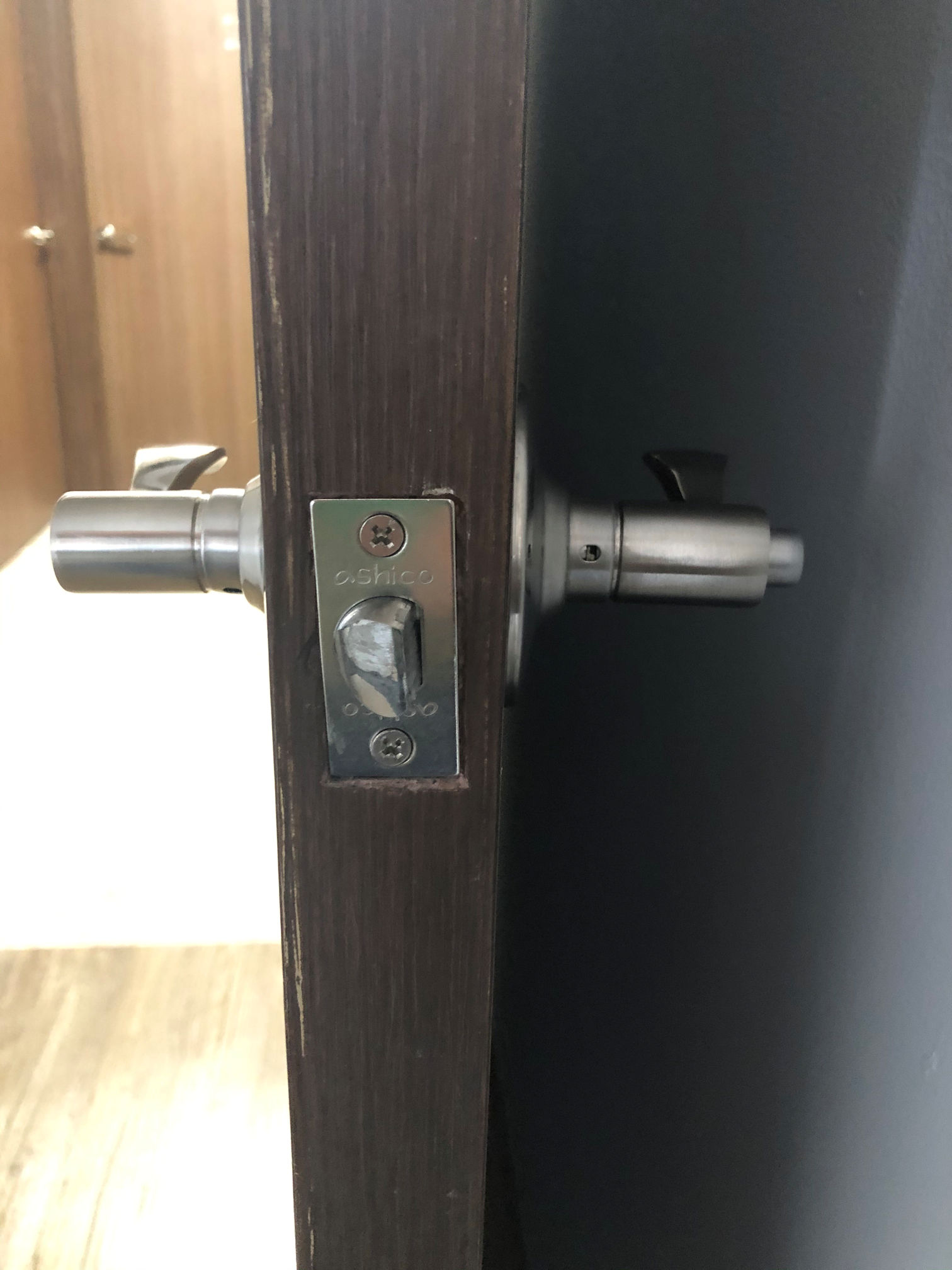
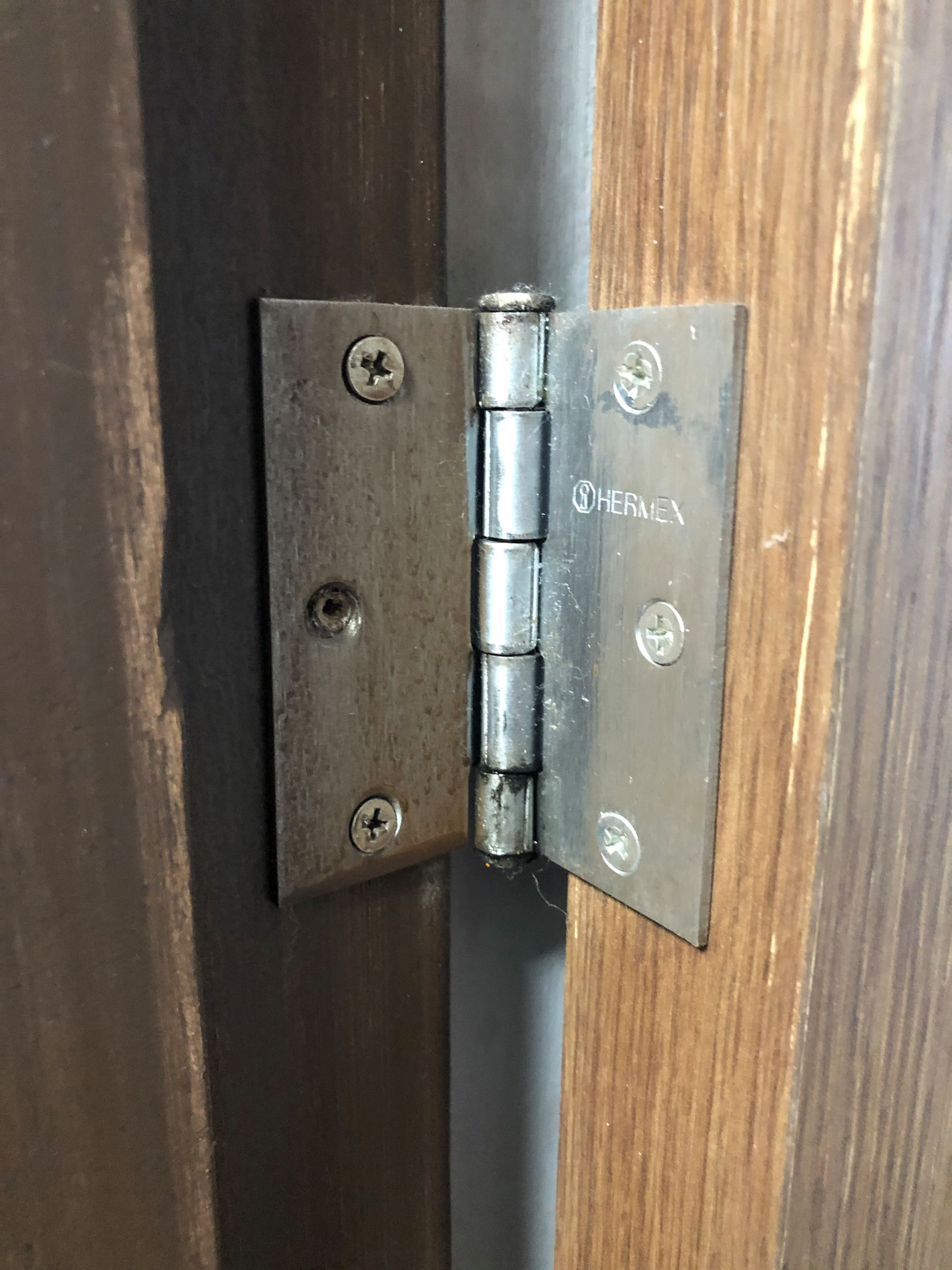
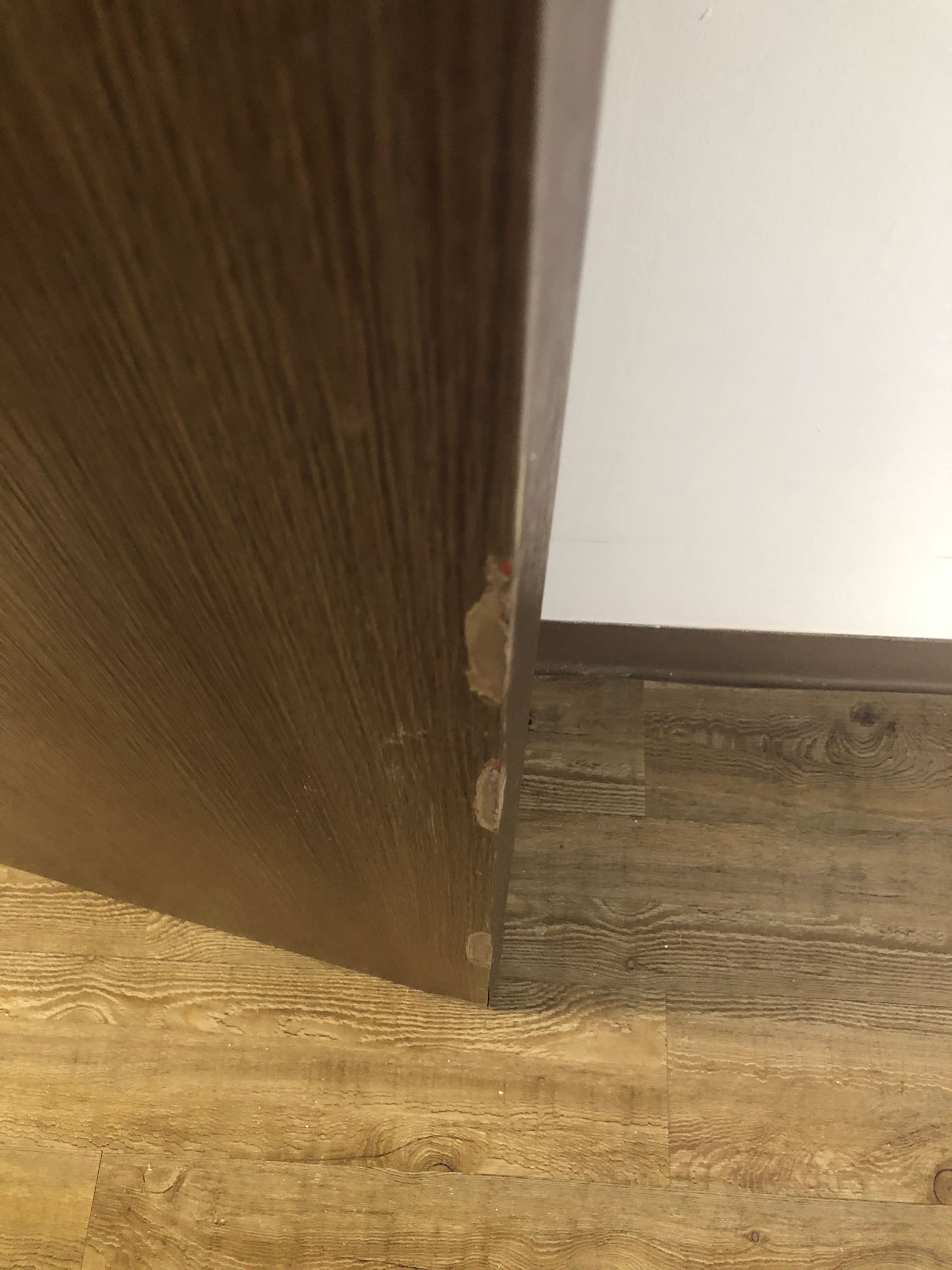
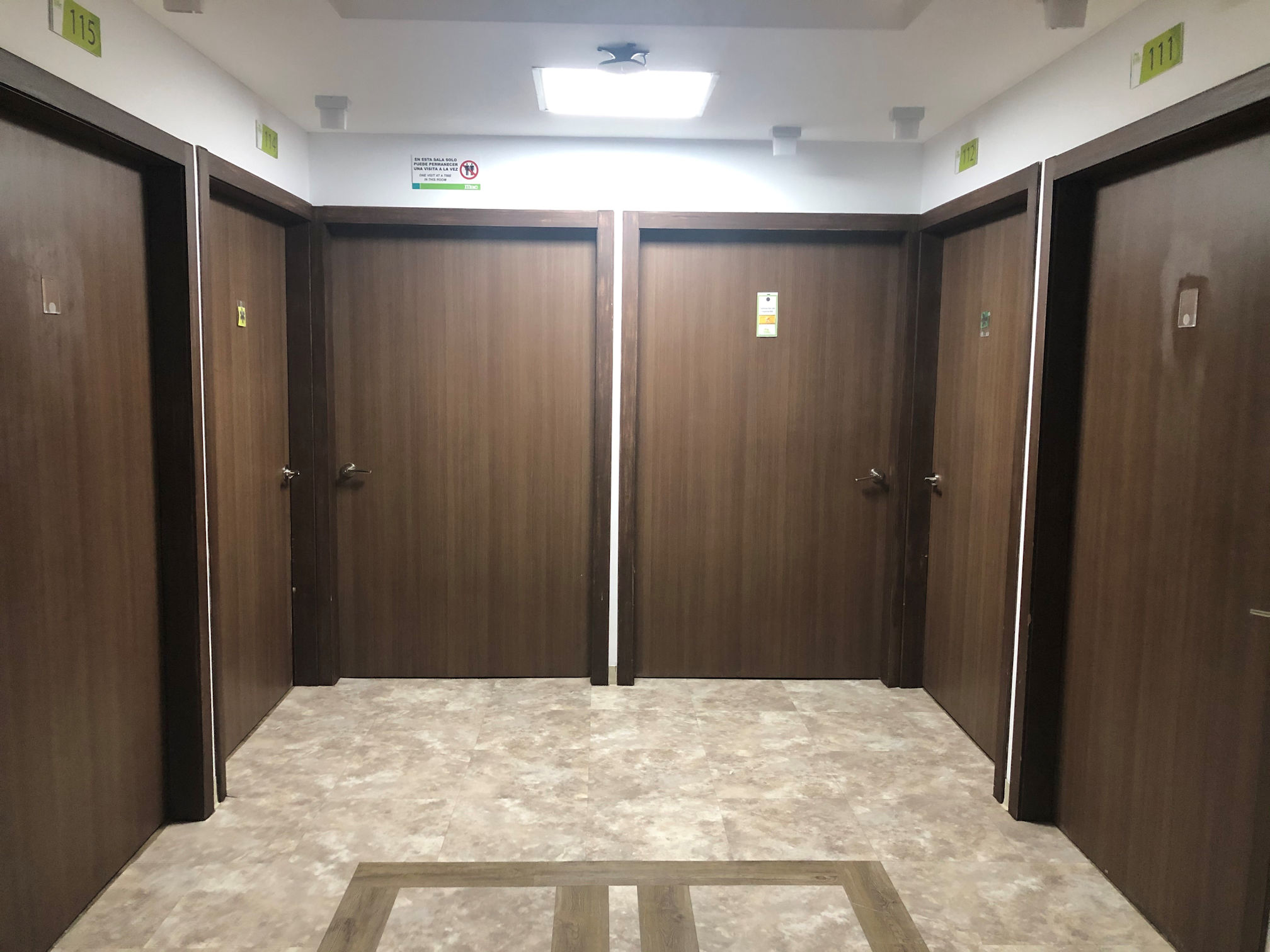
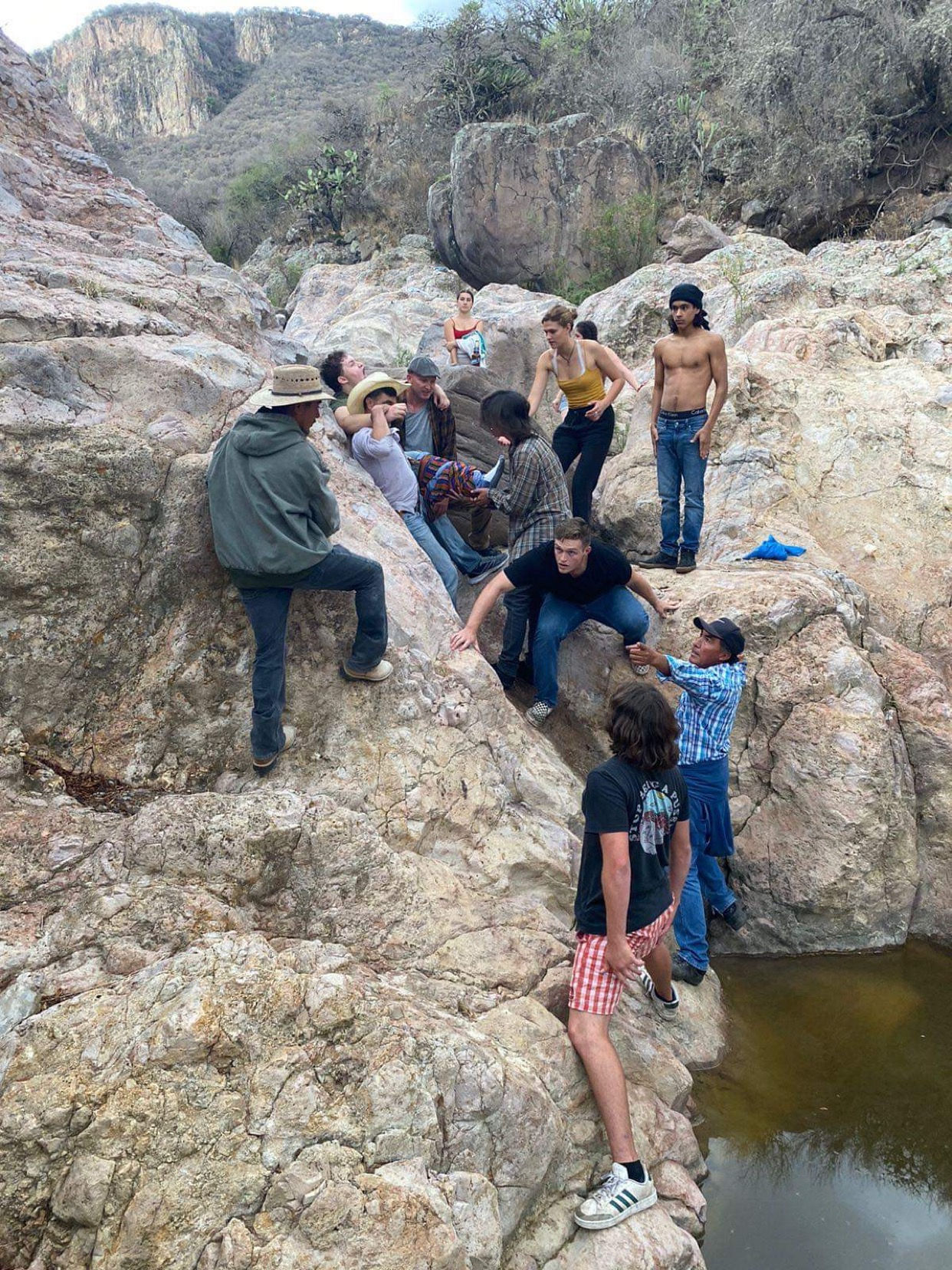
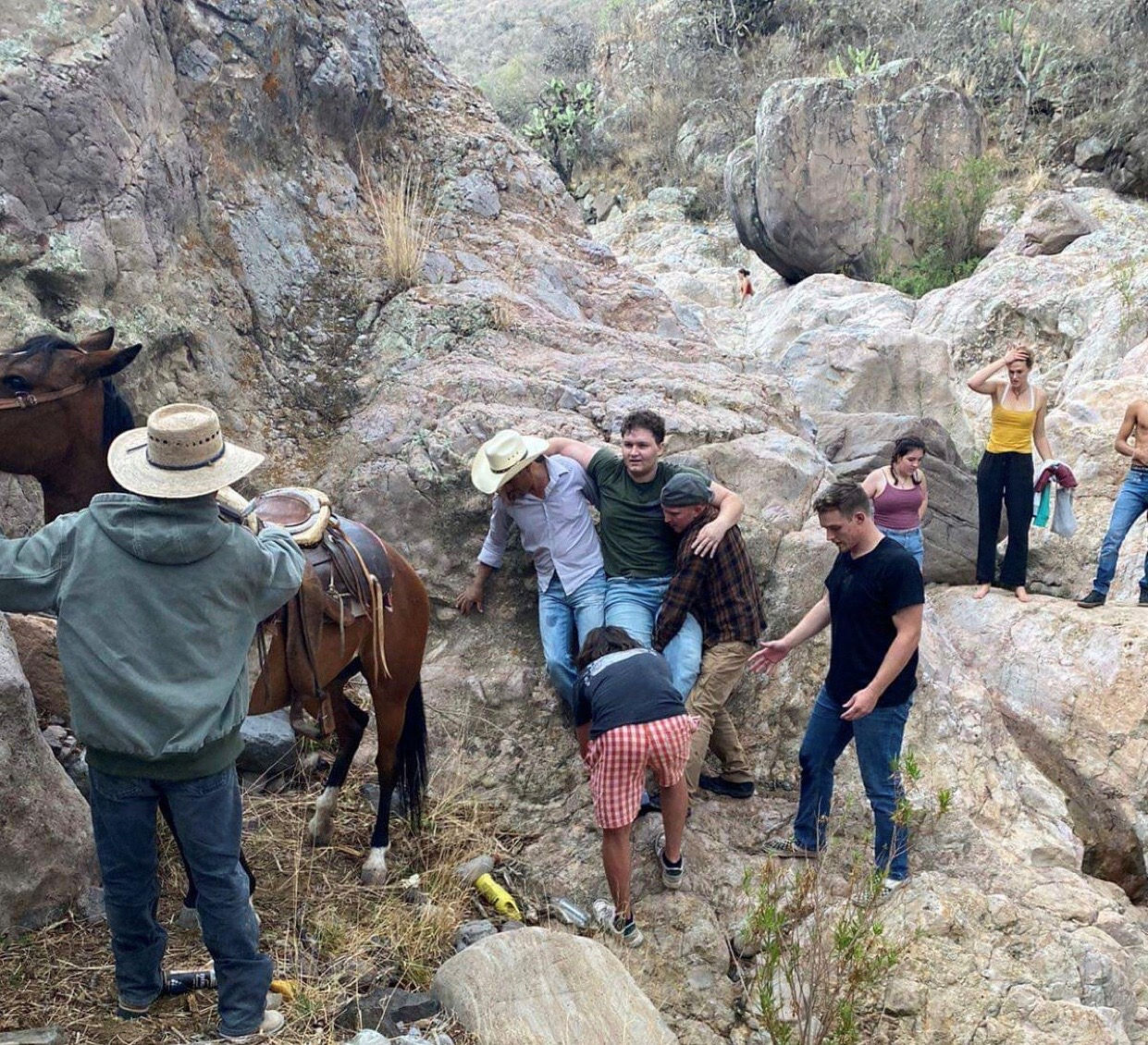






Wow Lori! I sure hope your son heals quickly!
Cost of hospital visit (using Price Is Right rules): $1
All the best to Mom and Son!
Lori, I hope everything turns out alright for him. He is young, so that will help…
Hollow core doors? I am just thinking of the sound transmission issues along with the obvious fire issues.
Wow! Here’s hoping that your son is now Ok and that he will heal quickly (16 is a good thing here). Also hoping that Mom and Dad come through this with no more than a gray hair or two. Once the shock and concern wear off, I’m sure he’ll be on the receiving end of teasing from his sisters. It’ll be good for him. As far as the cost, I can’t even begin to imagine, and you didn’t specify pre or post insurance. Just for fun, I’ll guess $5,000.00.
Okay, I’ll bite… what was the hospital bill for this mishap?
I hope the healing process is going well and I’m sure your son is going to have lots of fun going through airport security now.
$5-7K?
Hi Lori,
Wow! Definitely a (hardware) contrast from here in the US.
Thanks so much for all the great articles and info.
I have no guess on the cost of his stay….but, I’m super curious and waiting for you to post it
Jim
Okay, I’ll take a stab at it.
$5000.00 US dollars, total for three days/nights, surgery, and ancillary care and drugs.
But, as the Mom in Charge, you seem to have held it together better than many might have.
Of course you had your distraction of carrying out your Hardware Queen duties during your son’s ordeal.
Hoping for the best for you entire family.
xox Louise
Hi Lori. Best wishes to your son for a speedy recover, the tib-fib is a tough one. For the cost I’m going to guess 90,000 MXP based on similar costs in SE Asia, and the number of pages on the invoice 🙂
I really love these real world exposes….though this one sounded particularly painful to gain access too. Hope he has a full recovery!
I hope for your son a speedy pain free recovery. That’s quite a break . . As a visitor to the Cancun side . I am often amazed at the construction and lack of so called American or Canadian hardware discipline… I never complain about our safety features we incorporate into our standards after seeing some these types of installations
OMG – wishing you guys well. Lotsa prayers.
O wow! What a weekend. Praying for you and your son.
Donnie
In the US:
Medevac heli ride : 30K
3 nights in the hospital : 30K
Surgery: 200K
leg hardware: 20K
Total: 250K? that’s what my husbands trip the ER/ICU cost after a bike accident….
Wow!! We didn’t have a helicopter ride…just a horse! Most of the cost of my son’s injury was the surgery – the 3 nights in the hospital cost about $1300 USD total.
– Lori
Lori,
With those prices no wonder they can’t afford decent door hardware!
You got that right! 🙂
– Lori
Amazing story, that was a close call for your son.
But because of reading through that you write, I sold two 90 doors with RXQEL 9975F 4 626 to a hospital for the generator room. All the inspectors missed the fact about the amount of amps and volts.
Thanks
QEL because of the Nabco automatic that I have to use to push the door closed because of the wind stack.
That’s great! When we can bring these issues to someone’s attention before they become a problem, we become the trusted advisors.
– Lori
Lori,
I pray for a speedy recovery for your son.
Daniel
Thanks so much, Daniel! He’s doing ok…luckily they are still doing school via Zoom.
– Lori
Glad to hear he’s okay.
Luckily there typically isn’t anything flammable, explosive, an oxidizer, immobile people, or a source of ignition. in a hospital. Sigh ….
The rally point seems like a great idea … until you get run over by the fire truck. on its way in.
Me too! 🙂
You are absolutely right about the rally point – it is right in the path of emergency vehicles, unless the hospital’s emergency plan is for fire trucks to enter through the parking lot exit. This would actually make a lot more sense given the layout, but I have no idea if anyone thought about this. It would require the “velador” (the guy who operates the security gates) to open the exit gate upon fire alarm. He may be busy though…when we arrived with my injured son, hospital staff had to call the velador over to help get him out of the car and on a gurney. Cross-training!
– Lori
Sorry for the news
Has the summer to recover!
Six years?? Time flies
So does the hospital have a fire sprinkler system?? The picture angles may have not picked them up.
You’re right, Charles – time flies! I didn’t notice any sprinkler heads and I was just there today for an eye doctor appointment but wasn’t looking. I’ll make a point of checking when I’m there to pick up my new glasses.
– Lori